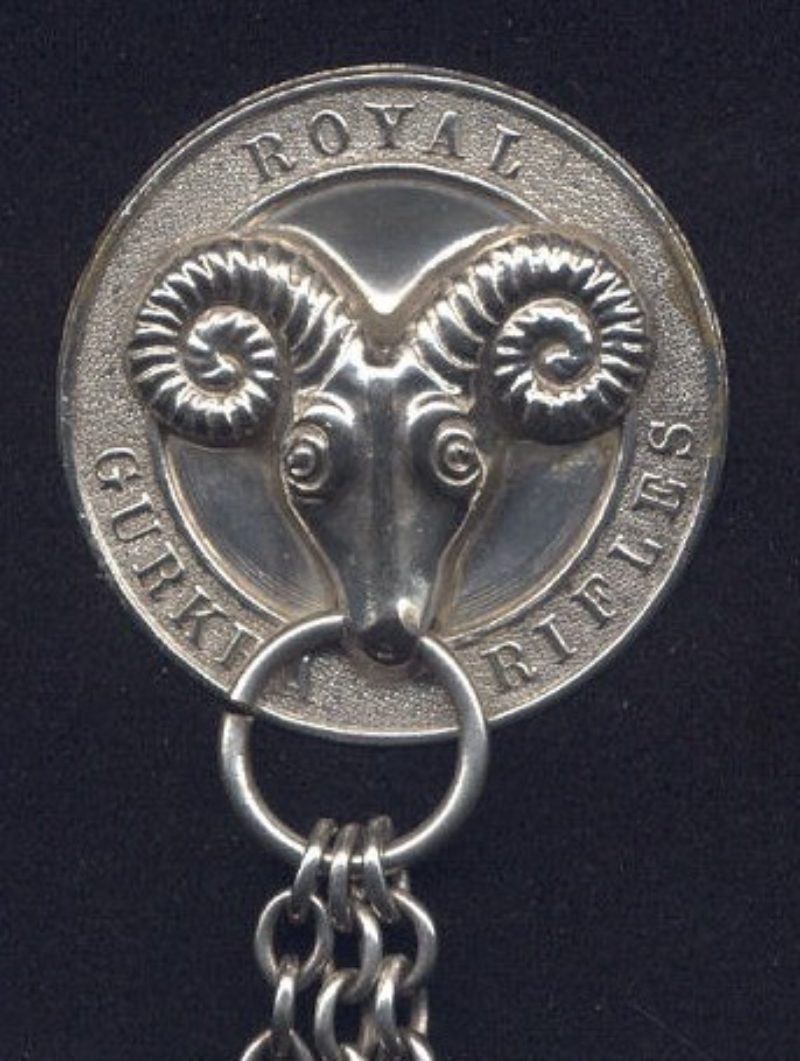The Battle of Koonja

The Battle of Koonja
The Rams Head insignia worn by RGR has its origins in the Battle of Koonja, fought on October 3rd 1824.
Bandits (known as Dacoits) were a common problem in the more isolated forests and hills of 19th Century Northern India and could cause significant problems for the local authorities.
In 1824, a group of roughly 800 dacoits had stolen a large amount of treasure and goods from the area surrounding Saharanpur and had occupied the nearby Koonja fort. The Sirmoor Battalion (an antecedent regiment of the Royal Gurkha Rifles) were sent to subdue them, in the first major operation of a Gurkha Battalion since their recruitment began in 1815.
Sighting the Gurkhas, the dacoits retreated into Koonja fort, hoping that the fort’s walls and strong gates would deter the attackers. The Gurkhas were of course undeterred, proceeding to cut down a tree from a nearby wood and fashion it into a battering ram with their kukris. They then used this ram to break through the fort’s main gate and storm inside.
The dacoits were killed, captured or fled, allowing the Gurkhas to restore order in the region.
In recognition of the victory at the Battle of Koonja , the Sirmoor Battalion adopted a stylised ram’s head as an insignia on their cross belts, which has continued for almost 200 years.

